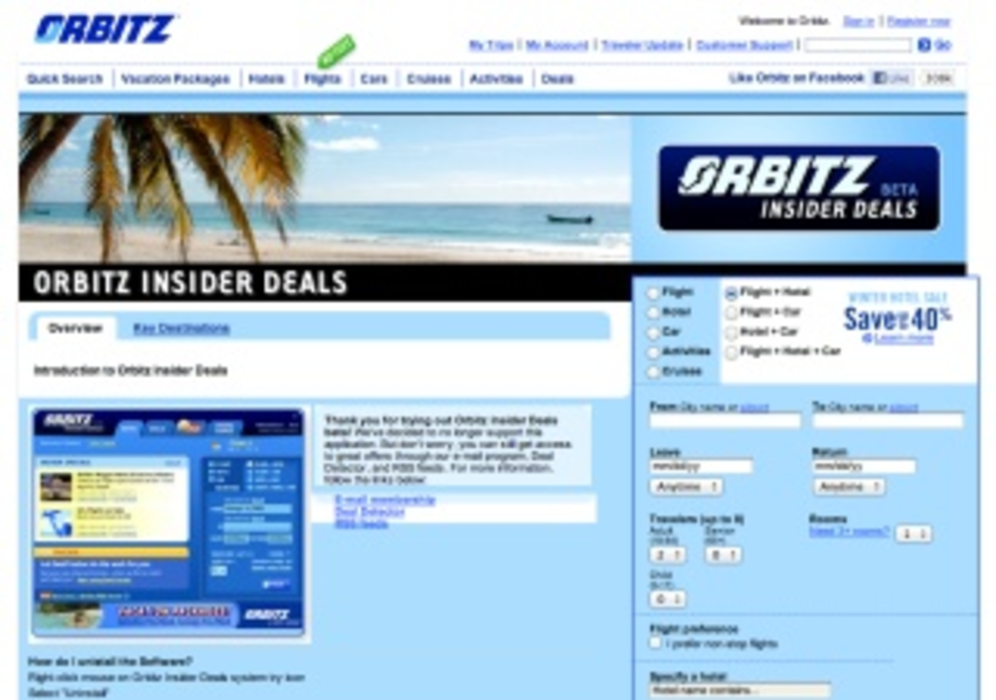At Orbitz, targeting based on demographic and psychographic data is so refined that the company sends out campaigns to as little as 10 people. By automating the production of such a massive volume of micro-segmented emails, the travel company has moved from campaign-centric emails to automated triggered emails. The goal is to make each message very personalized.
“While the message remains static in its presentation, the methods by which it is assembled and the power of segmentation to create unique and relevant content for presentation to the consumer continue to advance at breakneck speed,” says Ted Wham, VP of CRM for Orbitz.
Despite the advancements in technology and the higher returns a brand can derive from such a personalized approach, some marketers still don’t use customer data in email.
Matthew Kirsch, senior manager of online marketing at DirecTV, says he is astonished at how many generic emails still flood his inbox. “[There are plenty of] companies that know exactly what content I have browsed on their sites, and when and for how long, and what purchases I have made, how often and for how much,” he says. “For them to continue to send me generic offer emails, month after month, does not speak well for the email industry.”
Ari Osur, principal analyst at Forrester Research, says the companies that get it right are direct response marketers. Brand marketers are failing to take advantage of this approach because they aren’t as focused on driving sales, he says. He recommends that all marketers use behavioral data to help create a more personalized experience. “The best way to approach this tends to be to look at past purchase behavior and browse behavior and do modeling base on these attributes,” he says.
But marketers should not go too in-depth when tracking customers, experts say. It requires operating with care. Just because a customer has opted in and given a marketer legal permission to track their behavior, best practices suggest that brands avoid creepiness.
“You don’t want the customer to feel as though you are violating their privacy,” says Jason Scoggins, senior email marketing manager at Freshpair.com. “What might be appropriate in an email perhaps isn’t the exact same message that would work in display. We don’t want our customer to feel that we are being intrusive.”







